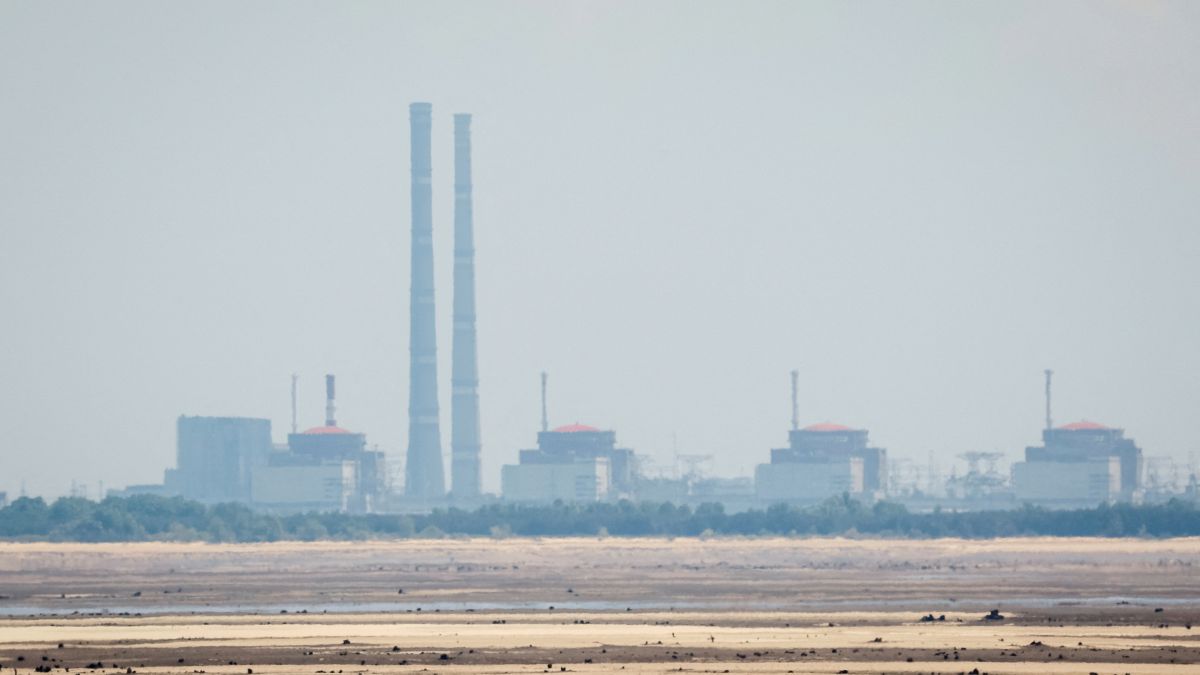External power to the Zaporizhzhia nuclear plant in Ukraine, occupied by Russia since the war began, has been cut for more than three days, raising serious safety concerns at Europe’s largest nuclear facility.
Emergency generators are keeping cooling and safety systems running after the last power line into the plant was cut on the Russian side at 4:56 pm on Tuesday, with no sign of reconnection.
Rafael Grossi, director general of the International Atomic Energy Agency (IAEA), called the situation “deeply concerning” on Wednesday and met Vladimir Putin on Thursday, but the plant remains without external power.
Fears of deliberate crisis
Ukrainian officials and Western experts fear Russia may be deliberately creating a crisis to tighten control over the plant and could attempt to restart at least one reactor under risky conditions.
“Russia is using the nuclear power station as a bargaining chip,” said a Ukrainian official, while a Greenpeace specialist described the situation as a “new critical and potentially catastrophic phase.”
Safety limits and European stress tests
European stress tests conducted after Japan’s 2011 Fukushima disaster recommend that a nuclear plant can safely operate without external power for up to 72 hours. Ukrainian sources note that going beyond this limit is untested and potentially dangerous.
Plant under Russian occupation
Russia seized Zaporizhzhia in March 2022, putting the reactors—capable of powering 4 million homes—into cold shutdown for safety. Ukraine considers the plant its own, but it has featured in discussions between Donald Trump and Vladimir Putin, with Trump suggesting US control and Russia aiming to reconnect the reactors to its grid, a task feasible only during peacetime.
External power has been lost at Zaporizhzhia nine times before, usually from damage caused by Russian strikes on Ukrainian energy infrastructure.
This time, the final 750-kilovolt line was cut on the Russian side, about a mile from the plant. Russian operators blamed “ongoing shelling by Ukrainian forces,” though Ukraine denies targeting the facility, citing extreme risks.
Generator backup and meltdown risk
The IAEA said the plant has enough diesel to run generators for 20 days, but Grossi warned that the loss of external power “increases the likelihood of a nuclear accident.”
Seven of the 18 available generators are currently running cooling systems, but if they fail, the fuel in the six reactors could heat uncontrollably over weeks, potentially causing a meltdown.
Impact Shorts
More ShortsLessons from Fukushima
A similar scenario occurred at Fukushima, where reactors were shut down after a 9.0-magnitude earthquake and emergency generators maintained cooling.
However, a subsequent tsunami disabled the generators, leading to three reactor meltdowns over three days. No deaths occurred, but over 100,000 people were evacuated.
)